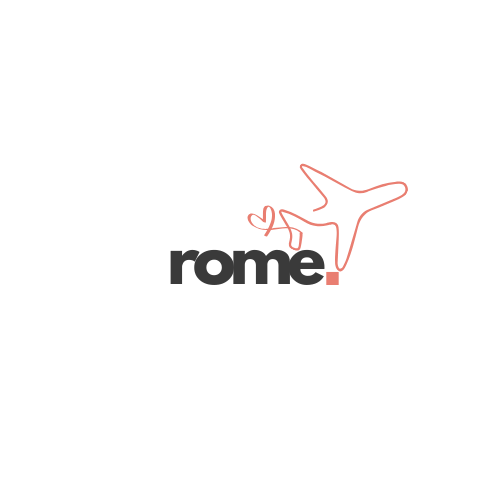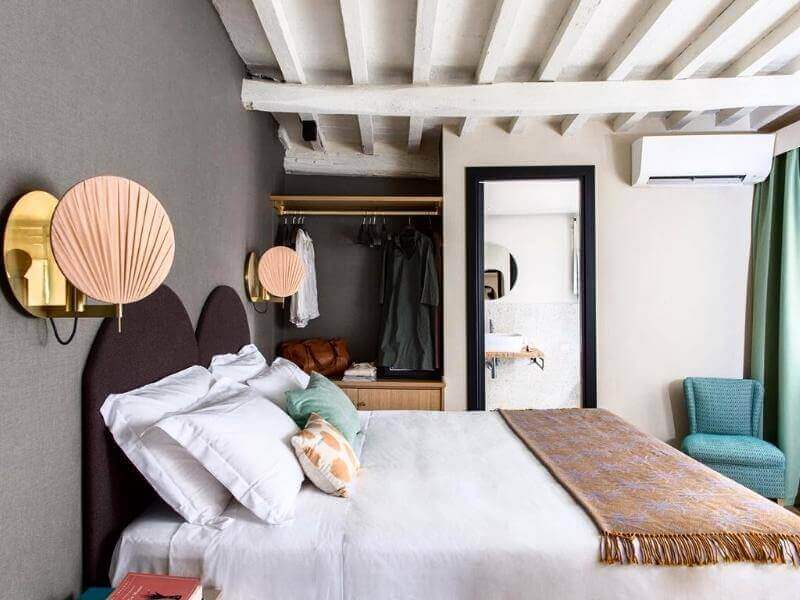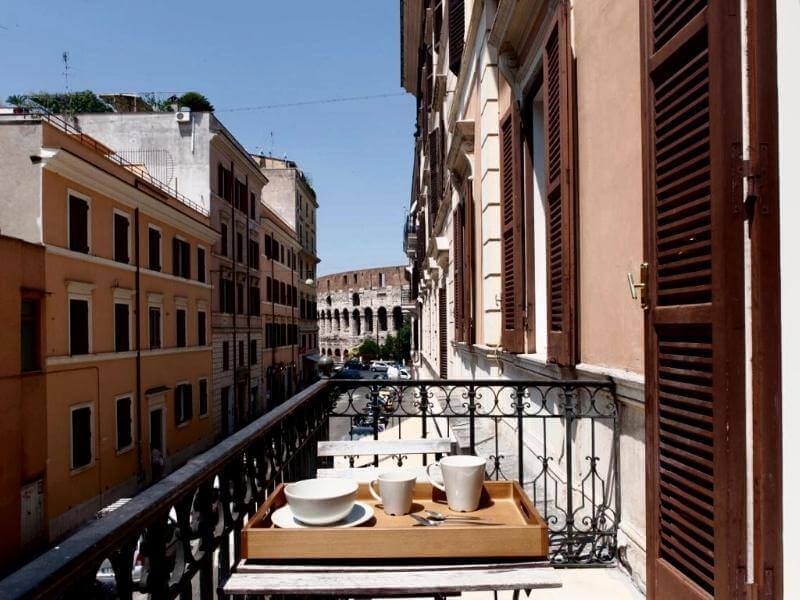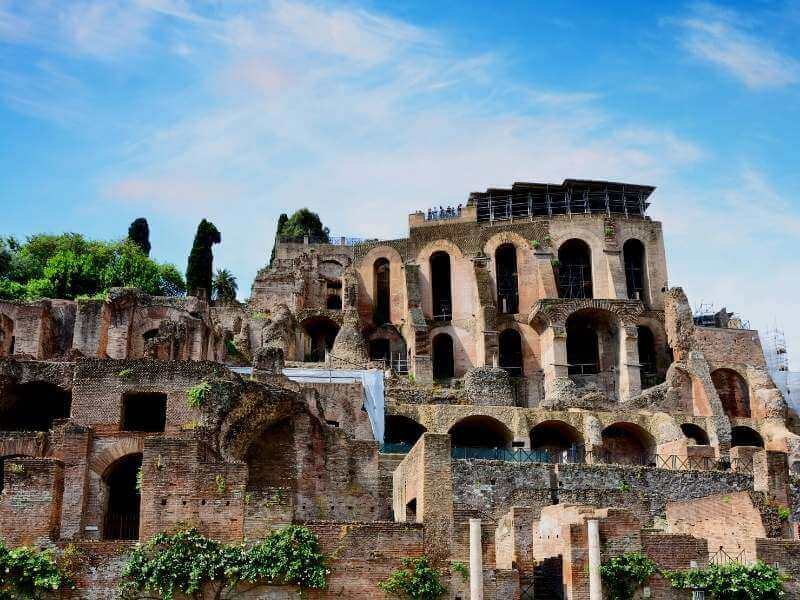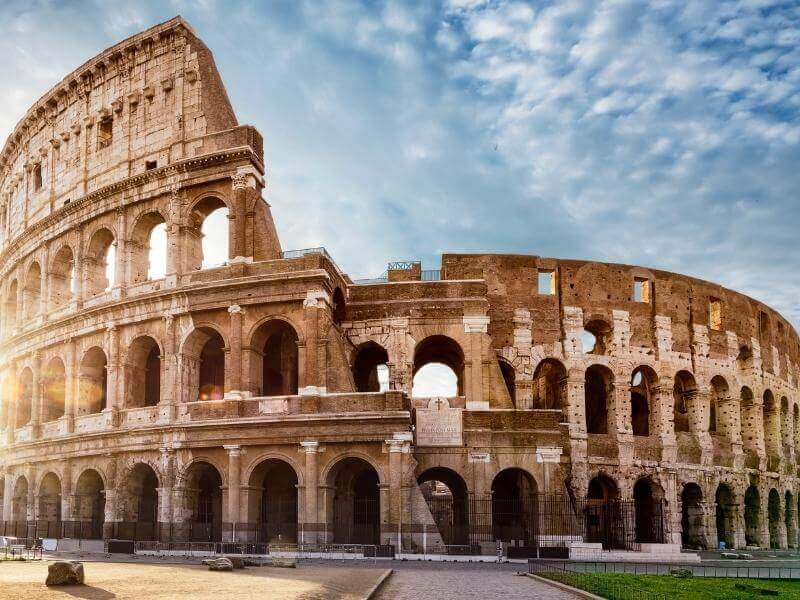The Roman Forum in Rome
Home » Attractions » Roman Forum
| DE

- - Updated on
The Roman Forum was once the center of power of the Roman Empire. Today, numerous ruins of ancient buildings reflect the impressive architecture and the opulent economic conditions of the empire.
Walking the excavations along the gigantic columns and wall remains, you get an impressive sense of Roman architecture’s brilliance. The Roman Forum in Rome was the first Roman Forum.
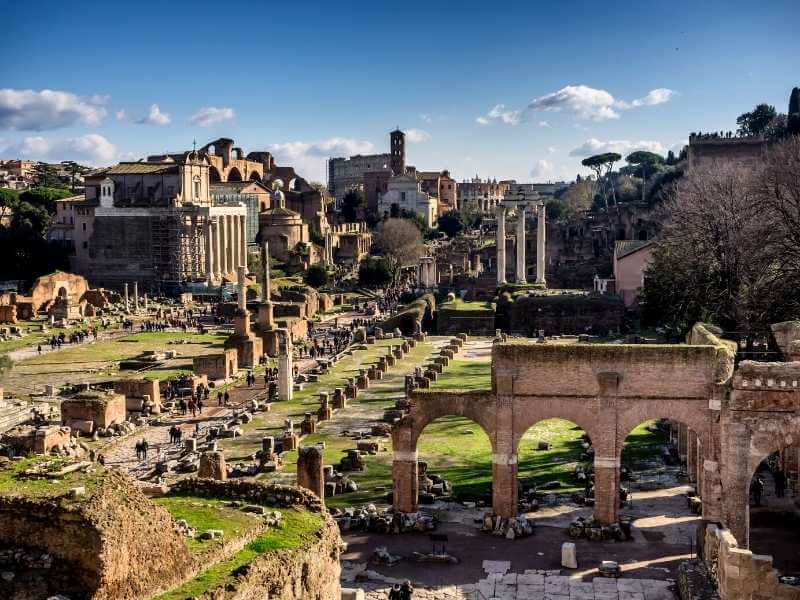
During the time of Emperor Augustus (27 B.C. to 14 A.D.), far-reaching political decisions were made here. It was also used to transact business, issue indictments, and worship religious shrines such as the Temple of Vesta.
For more info about Roman Forum tickets, click here. Many politically and legally significant decisions were made in the Forum.
However, the excavations of one of the most valuable attractions of Rome began only at the beginning of the 19th century. For example, the Triumphal Arch of Septimius Servus was fully excavated from 1803 to 1898.
Tickets & Tours
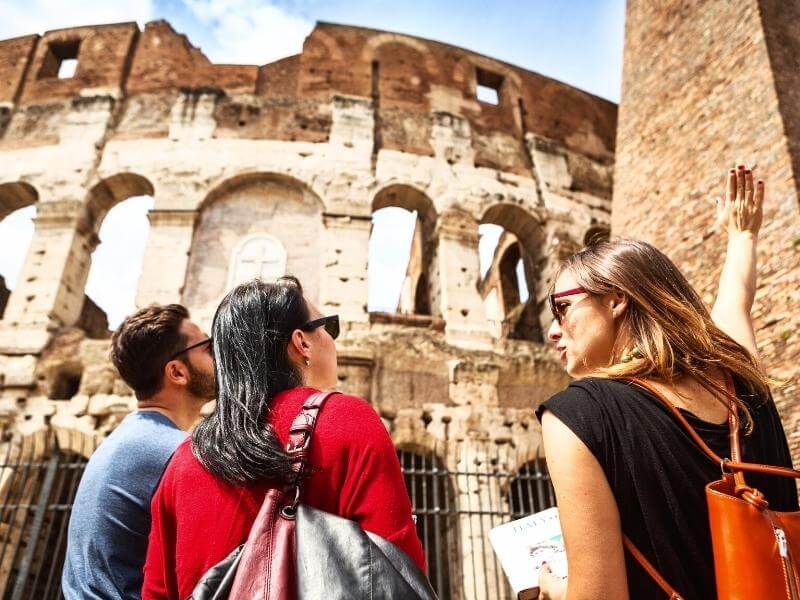
Experience the Roman Forum with an experienced Tour Guide!
Address:
Via della Salara Vecchia, 5/6, 00186 Roma
Transportation:
Metro station: Colosseo, line B
Bus: lines 51, 75, 81, 85, 87 and 118 to the “San Gregorio” stop
Nearby:
Colosseum (0,1 km)
Palatine Hill (0,4 km)
Domus Aurea (0,5 km)
Circus Maximus (0,7 km)
Most people spend:
2 hours
Opening hours:
October 31st – February 28th: 09:00 am – 16:30 pm
March 1st – 26th: 09:30 am – 17:30 pm
March 27th – August 31st: 09:30 am – 19:15 pm
September 1st – 30th: 08:30 am – 19:00 pm
October 1st – 30th: 08:30 am – 18:30 pm
closed: January 1st & December 25th

Tickets & Tours
At GetYourGuide you will find an extensive selection of tickets and tours in Rome.
The best thing about it: you save valuable time as you don't have to wait in line at many sights.
Most tickets can be canceled free of charge and the company has an excellent reputation!
Our Hotel Recommendations at the Colosseum:
Have you already found a suitable hotel?
We have researched the best hotels nearby! -> Hotels close to Colosseum Rome
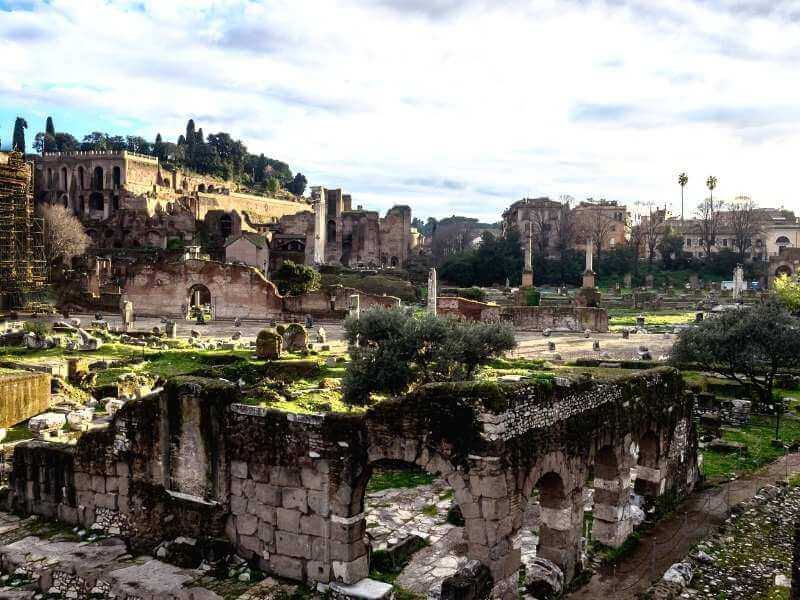
Highlights at the Roman Forum in Rome
The Forum offers a few other highlights besides the large number of ancient temples:
- Arch of Titus:
The triumphal arch commemorates Rome’s victory over Jerusalem. It was built after the death of Emperor Titus. - Arch of Septimius Severus:
An arch erected in 203 AD to commemorate the third anniversary of Septimius Severus as emperor. - Temple of Saturn:
Once the most magnificent temple in the entire Forum. First built in 497 BC. - Temple of Antoninus and Faustina:
Built in the 2nd century, the Temple of Antoninus and Faustina is the best-preserved temple in the entire Forum. - Basilica of Maxentius and Constantine:
one of the most important buildings of antiquity, today unfortunately largely destroyed - The Curia: Senate building for political meetings.
- Column of Phokas: erected in 608 A.D. in honor of the Emperor of Byzantium (height: 13 meters).
The History of the Roman Forum
Today, as you walk through the grounds of the Roman Forum and pass the mighty ruins, you can sense the splendor and glory surrounding this place.
But this was only sometimes the case. At first, only the three city hills, Palatine, Capitol, and Esquiline, were inhabited. At the edge of the valley, there was also a burial place of the Romans.
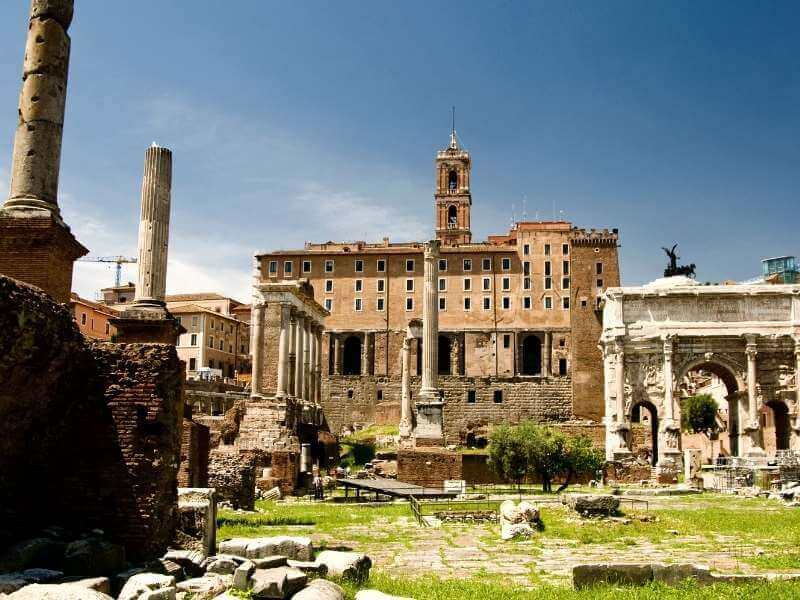
Only in the construction of the Cloaca Maxima in the 6th century B.C. was the area around the Roman Forum drained. The later Forum gradually developed into the first settlement from the initial marshy area.
The first temples were dedicated to the gods Saturn and Castor. They were built between the years 501 and 498 B.C. It was not long before the new temple complexes became the meeting place of many Romans.
Under Caesar’s rule, the Romans rapidly expanded the ancient city center starting in 54 B.C. According to his plans, the new Forum was to be located directly at the foot of Capitol Hill and expand the Old Forum many times.
Its shape was to be rectangular, as was the case with the public squares of Greece. Striving for the best possible fame, Caesar eventually had the imperial fora we know today built:
- The Caesar Forum (Foto di Caesare)
-> Here, a multimedia show on the person of Julius Caesar is shown in the evening. - The Augustus Forum (Foro di Augusto)
-> a multimedia show about ancient Rome, is shown in the evening. - Forum of Vespasian with peace temple
- Trajan’s Forum (probably the most impressive Forum)
Only about 50 years later, the reconstruction of the Roman Forum was to continue under Emperor Augustus. The wooden huts that had been built up to that point had to make way for new temples made of marble.
In addition, there was a large-scale expansion on the square’s east side. The transformation of the center bore fruit. More and more Romans were drawn to the Forum.
From here, they exchanged ideas and conducted politics. Incidentally, the infamous Catilinaric speeches against Catilina are said to have occurred here!
But not only the temples fulfilled their task with flying colors. In the basilicas, much trade and all kinds of business were done. Important raw materials such as wood, iron, and many other trade goods were exchanged.
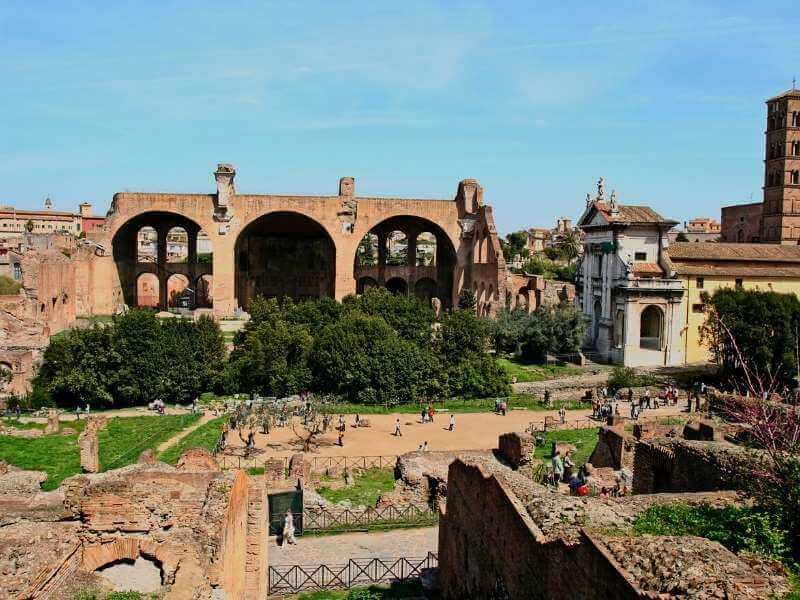
But the rapid upswing of the Forum came to an end. Under Emperor Augustus’ successors, the Forum was increasingly regarded as uninteresting in the following years.
It needed to be more significant compared to newly won territories. In addition, Rome lost its political significance, so in 330 A.D., Emperor Constantine the Great already preferred Constantinople as his new residence.
At the latest, with the collapse of the Roman Empire, the Roman Forum was finally forgotten. The once magnificent square of the Eternal City gradually turned into a cow pasture. Over time, many of the stones were to give way to new cathedrals and palaces.
Even today, archaeologists worldwide continue to come across extraordinary finds in the extended area of the Roman Forum.
For example, the sarcophagus of the former founder of the city, Romulus, dating from the 6th century B.C., was probably found only recently.
Many ancient buildings had to regrettably give way in the 7th century. Even today, some ancient buildings have witnessed moderately severe earthquakes in contemporary history.
In addition, large quantities of travertine stones were used repeatedly for massive building projects such as St. Peter’s Basilica.
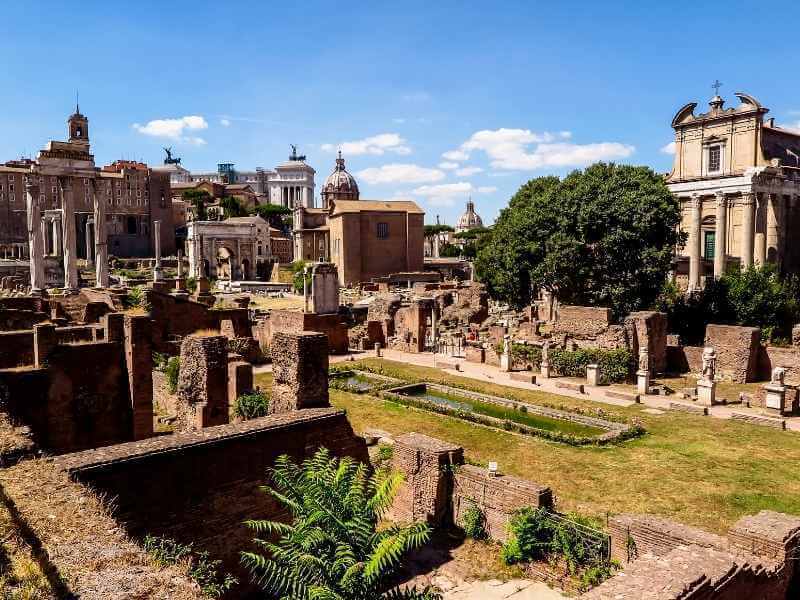
Palatine Hill
According to legend, Romulus founded Rome in 753 B.C. on the Palatine Hill. The Palatine (palatium, imperial residence) is considered the city’s origin and is located in the center of the 7 hills of Rome.
Besides many excavations, you will find some interesting buildings like the Domus Augustana (Emperor Augustus), the museum with exciting finds and interesting models of the first settlement, and the gardens of Cardinal Alessandro Farnese (16th century).
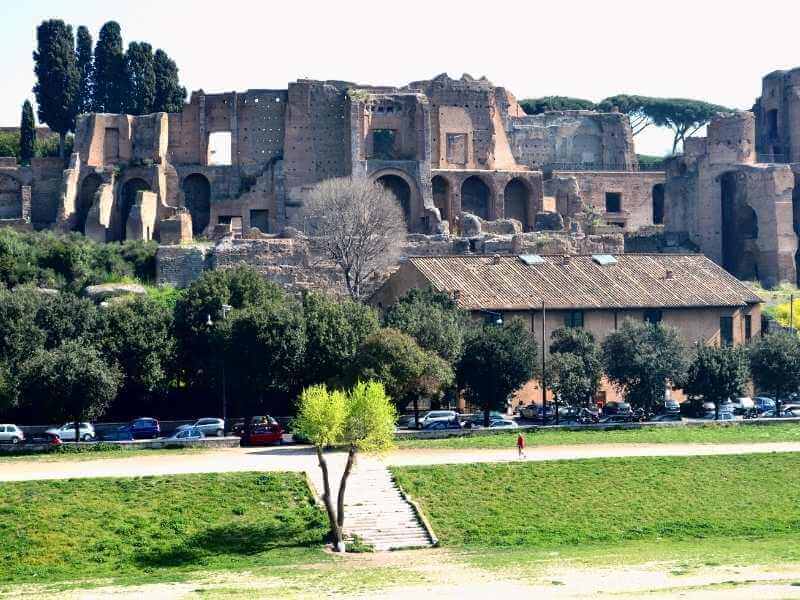
The hill is surrounded to the west by the Velabrum Valley and the Forum Boarium, to the south by the Circus Maximus, and to the north by the Forum Romanum. According to tradition, a Roman settlement was here as early as the 9th century B.C.
The Colosseum, as well as the Roman Forum, are in the immediate vicinity. So it makes sense to visit all three sights one after the other.
The 43-meter-high Palatine, with its archaeological excavations, is just a stone’s throw away from Rome’s ancient highlights.
The Roman Forum ticket gives you access to the archaeological park on the Palatine and can be used as a Colosseum ticket simultaneously.
Did you know that …
By purchasing through our links, you support us at no additional cost.
Thank you for your support. ♥️
via GetYourGuide
via Booking.com
Find Flights to Rome
via Skyscanner
How to get to the Roman Forum in Rome
The most beautiful view of Rome’s former center of power is from Palatine Hill, just opposite the Forum. The best way to get there is to take the old main road “Via Scara,” which means “holy road.” Via Scara led from the Colosseum to Piazza del Campidoglio, Rome’s main street.
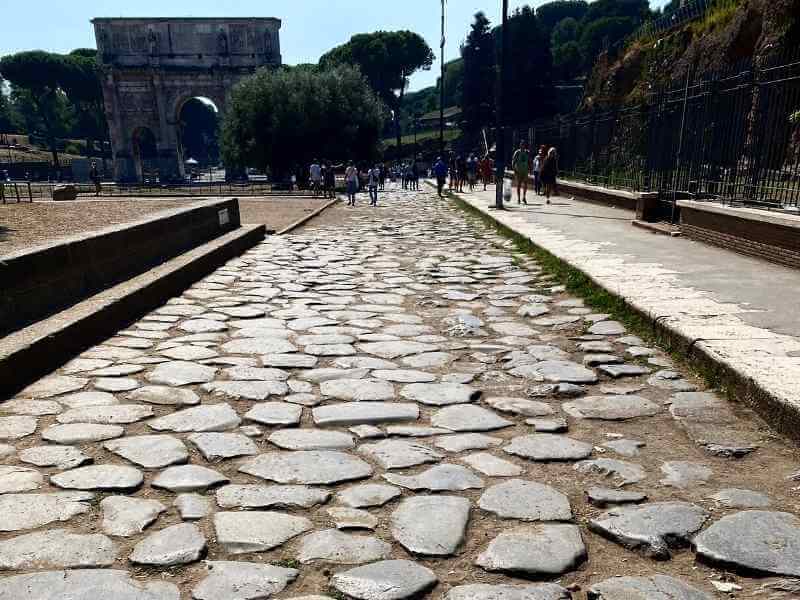
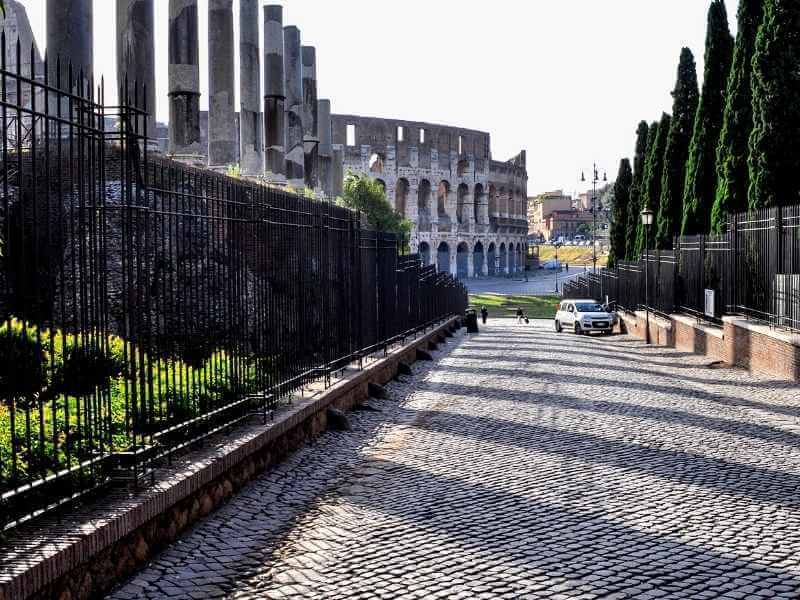
On the south side, on your left, there are the enormous ruins of the ancient court hall, the Basilica Iulia. This was commissioned by Caesar between the years 54 B.C. – 44 A.D. However, the church was not completed until years later under his successor, Emperor Augustus.
The 101 x 49-meter basilica was the largest church in the Forum and regularly attracted large crowds of Romans, especially on trial days. Just opposite the Basilica Iulia, you will see the Basilica Aemilia, built in 179 BC.
Following Via Scara, you will see other ancient monuments such as the Arch of Titus, the Triumphal Arch of Septimus Severus, the churches of Maxentius and Curia, the temples of Antony and Faustina, the Capitol Temple, and the ruins of the market halls and oratory tribunes.
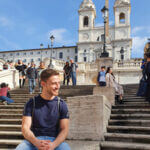
Editor: Sebastian Erkens
Hey and welcome to Rome-Tourist! My name is Sebastian and I travel regularly to Rome, Italy.
On our Rome blog you will get valuable travel tips. If you have any questions about specific tours or sights, feel free to leave us a comment.
These articles may also interest you:
